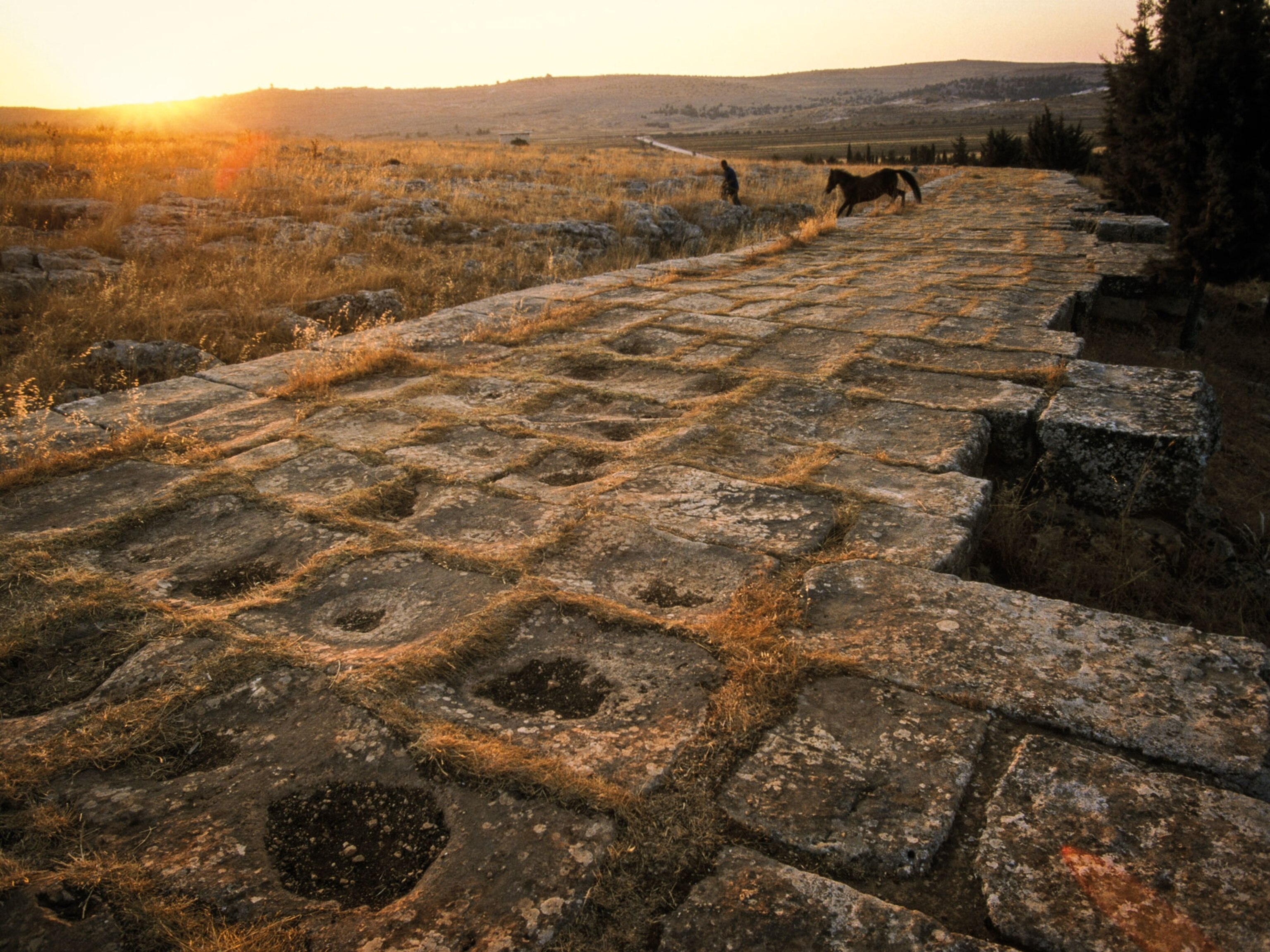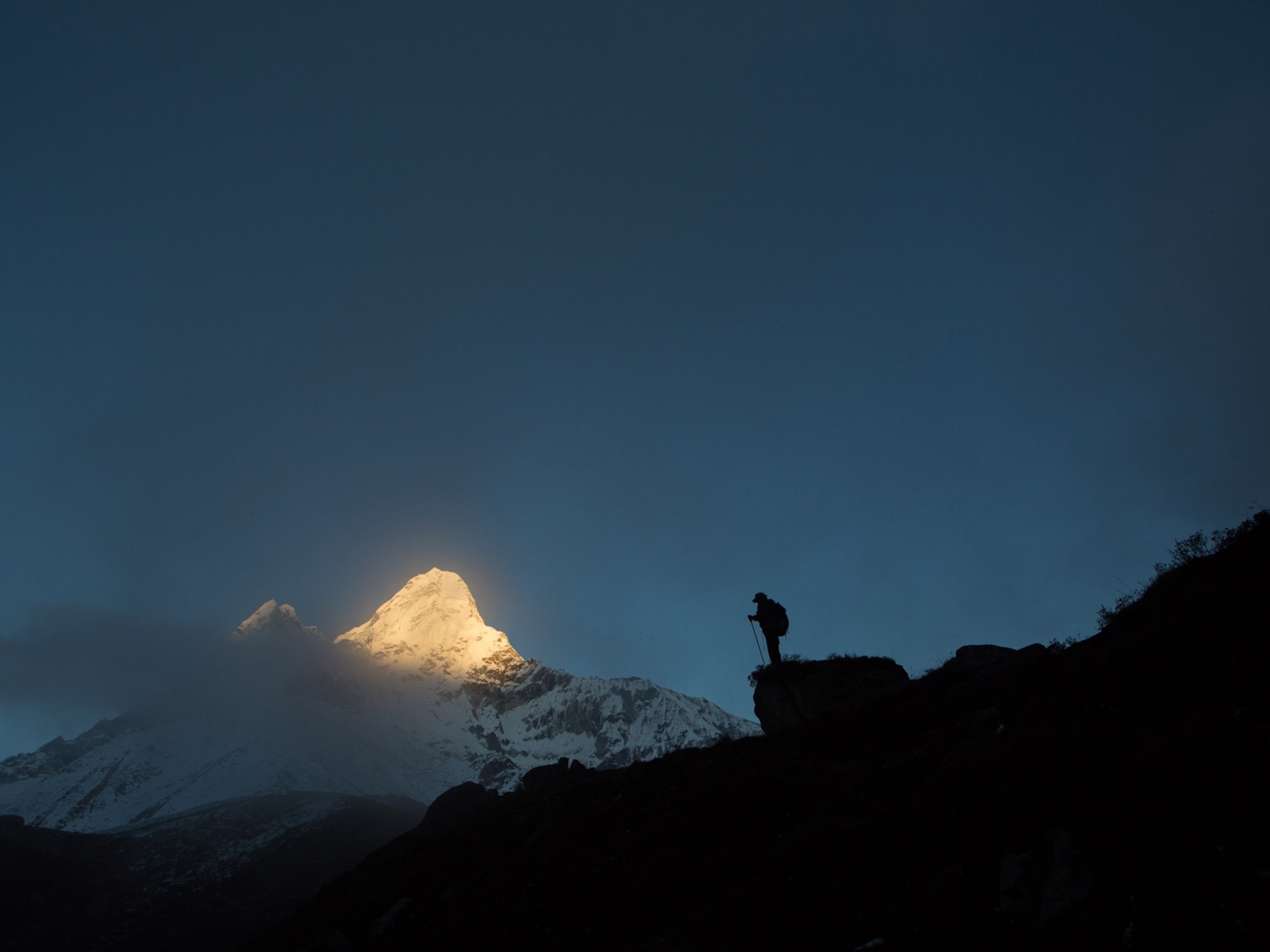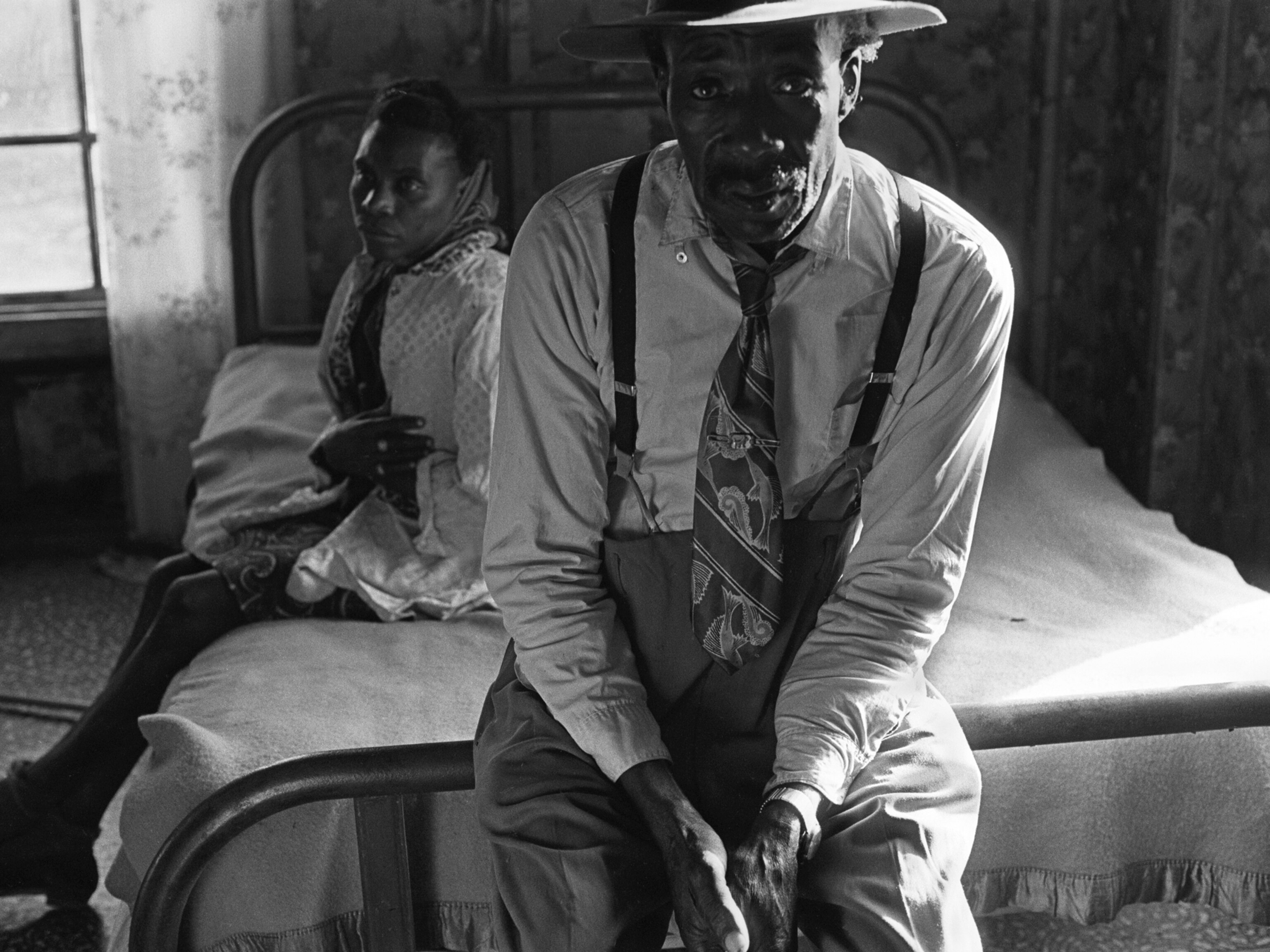
Notes From the Road: The Mantra
In the Khumbu you cannot avoid ceremony. Even if you wanted to the air is full of prayers and sacred smoke that goes into your lungs and cleans you out without permission. You are blessed just for having walked there.
Each morning with the sunrise, columns of smoke rise from small rock altars behind every home, then fan out to merge with each other and the low hanging clouds. The smoke is from the holy incense that grows in the valley, sweet and pungent juniper. Today the blessings are for climbers leaving for expeditions.
But I’m not leaving for ours just yet. Today I am walking with friends.
I walk with Karma Tsering Sherpa, who recites day and night to himself (almost inaudibly, but still incessantly) the six syllables that he hopes will release himself and all other living beings from the cycle of suffering that is birth, death, and rebirth.
“Om Mani Padme Hum, Om Mani Padme Hum, Om Mani Padme Hum, Om Mani Padme Hum, Om Mani Padme Hum, Om Mani Padme Hum, Om Mani Padme Hum, Om Mani Padme Hum” … You get the idea.
But I’ll break it down for you even more because, to the people of the Khumbu, each syllable is its own powerful prayer.
They say:
“OM” – for release from the realm of gods (that is to say, the realm of ego and pride).
“MA” – for release from the realm of the jealous gods, who are consumed by jealousy and the need for entertainment.
“NI” – for release from the human realm, characterized by passion and desire.
“PAD” – for release from the animal realm of ignorance and prejudice.
“ME” – for release from the realm of hungry ghosts consumed by greed and possessiveness.
And, “HUM” (sometimes “HUNG”) – for release from the hell realm of hatred and aggression.
And so, asked for or not, Karma prays for us and recites the mantra thousands of times a day, counting each on a long string of beads, like all the elders of the valley do.
Before I had ever met Karma, I had seen the words carved into thousands of Mani stones and prayer wheels along the trail to Everest Base Camp. Sometimes it is even written on paper and put inside the prayer wheel so that it is emanated as many times per spin of the wheel as there are notes written inside—thus a single spin can be a thousand mantras.
The mantras fly above our heads as well. From the first days of my first trip we walked beneath colorful flags covered in the prayers every time we reached a pass or high point. They are inescapable visual exclamation points for photographers in this region, and I find them holding up compositions for me again and again.
At our Base Camp at Ama Dablam (and every other we have encountered) the expedition team has strung these flags from the top of a rock altar to the far edges of the camp, crossing the tents of the climbers. They are erected during the pujas that happen before each climbing party begins their journey up the mountain (even the beer and whiskey that sit beneath the altar get blessed!) The cloth prayers, which wave countless times each day in the wind, are believed to spread goodwill and compassion to all of their surroundings with each flutter. The windier the better! More prayers for all!
And so, believers and non-believers alike are blessed again and again, just for having walked or slept in these places. No one and no thing can escape the mantras.
Passing through the village of Pangboche we received a blessing, as many of the climbers do, from Lama Geshe, who performs a fairly elaborate ritual involving magic necklaces, the throwing of rice, and even a gentle head-butt for for good measure, before handing us a business card on our way out. But this business card reads a little differently than most. It says:
Om Ma Ni Pad Me Hung Hri
A REQUEST TO ALL SENTIENT BEINGS:
Give Up all intentions to harm others from your heart
And do your best to Benefit them all.
If each and everyone feels the Universal Responsibility to do so,
We will all enjoy the feast of PEACE! – Lama Geshe
I like that! THE FEAST OF PEACE! Maybe that’s why so many people come here. Less things, less distraction, less speed (except on summit day!), less harmful intentions. I see and feel that peace here.
On my last day in the village of Phortse, Karma comes to meet me. He places a golden kata (scarf) around my neck and gives me a hug. Karma is smiling as he always does, and laughing. Always laughing. Perfect peace in his eyes. Like he has already been released by his mantras. The scarf he gives me is a symbol of love, friendship, and blessings. Another prayer, just in case I haven’t gotten enough in the wind.
See you soon old friend, and keep the prayers coming, I’ll need them!
Photographer Aaron Huey recently returned from an assignment for National Geographic in the Himalaya. We’ll be reporting on his adventures as he discovers the joys and pains of high altitude photography while surrounded by snow and ice. You can see all of Aaron’s Notes From the Road here. You can also follow his journey on Instagram (@argonautphoto).
Related Topics
You May Also Like
Go Further
Animals
- Fireflies are nature’s light show at this West Virginia state parkFireflies are nature’s light show at this West Virginia state park
- These are the weird reasons octopuses change shape and colorThese are the weird reasons octopuses change shape and color
- Why young scientists want you to care about 'scary' speciesWhy young scientists want you to care about 'scary' species
- What rising temperatures in the Gulf of Maine mean for wildlifeWhat rising temperatures in the Gulf of Maine mean for wildlife
- He’s called ‘omacha,’ a dolphin that transforms into a man. Why?He’s called ‘omacha,’ a dolphin that transforms into a man. Why?
Environment
- What rising temperatures in the Gulf of Maine mean for wildlifeWhat rising temperatures in the Gulf of Maine mean for wildlife
- He’s called ‘omacha,’ a dolphin that transforms into a man. Why?He’s called ‘omacha,’ a dolphin that transforms into a man. Why?
- The northernmost flower living at the top of the worldThe northernmost flower living at the top of the world
- This beautiful floating flower is wreaking havoc on NigeriaThis beautiful floating flower is wreaking havoc on Nigeria
- What the Aral Sea might teach us about life after disasterWhat the Aral Sea might teach us about life after disaster
History & Culture
- Scientists find evidence of ancient waterway beside Egypt’s pyramidsScientists find evidence of ancient waterway beside Egypt’s pyramids
- This thriving society vanished into thin air. What happened?This thriving society vanished into thin air. What happened?
Science
- Why pickleball is so good for your body and your mindWhy pickleball is so good for your body and your mind
- Extreme heat can be deadly – here’s how to know if you’re at riskExtreme heat can be deadly – here’s how to know if you’re at risk
- Why dopamine drives you to do hard things—even without a rewardWhy dopamine drives you to do hard things—even without a reward
- What will astronauts use to drive across the Moon?What will astronauts use to drive across the Moon?
- Oral contraceptives may help lower the risk of sports injuriesOral contraceptives may help lower the risk of sports injuries
- How stressed are you? Answer these 10 questions to find out.
- Science
How stressed are you? Answer these 10 questions to find out.
Travel
- The best long-distance Alpine hike you've never heard ofThe best long-distance Alpine hike you've never heard of
- Fireflies are nature’s light show at this West Virginia state parkFireflies are nature’s light show at this West Virginia state park
- How to explore the highlights of Italy's dazzling Lake ComoHow to explore the highlights of Italy's dazzling Lake Como
- Going on a cruise? Here’s how to stay healthy onboardGoing on a cruise? Here’s how to stay healthy onboard







